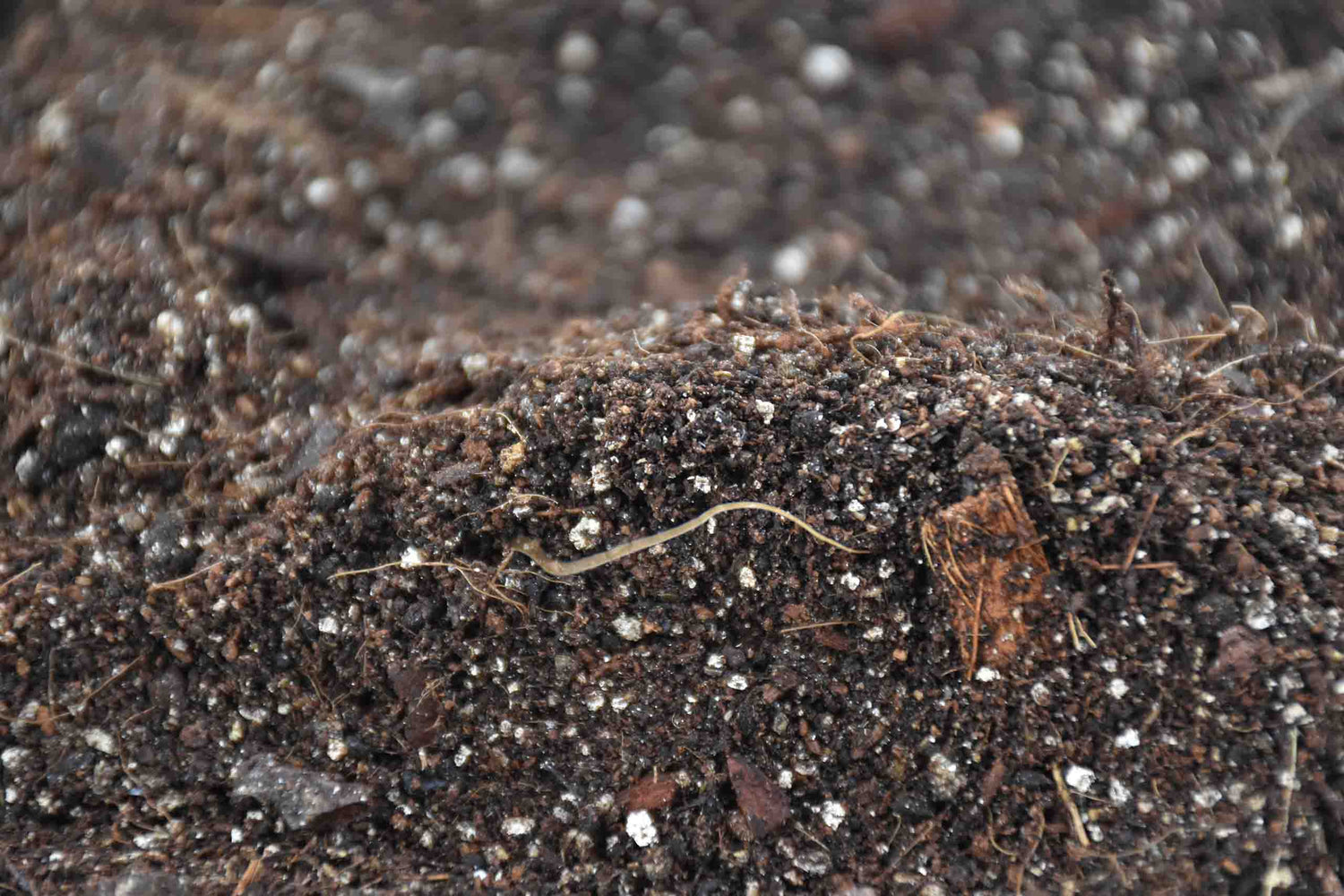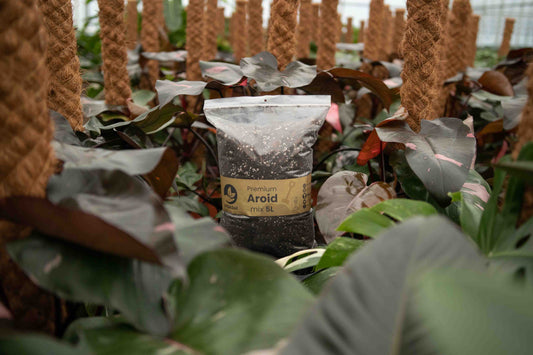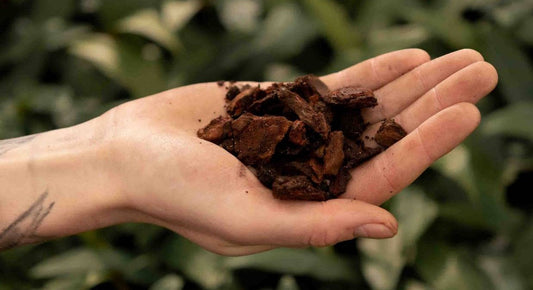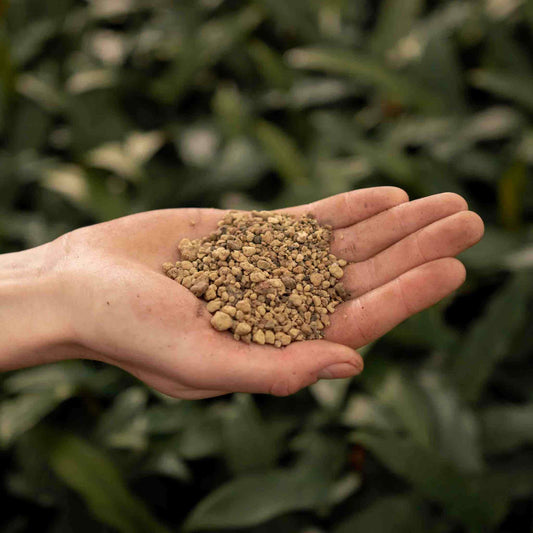Orchid bark is one of those materials that plant lovers often hear about but aren’t always sure how or when to use. Is it only for orchids? Can you use it in regular soil? Does it help with drainage or aeration—or both? And how does it actually hold up over time? These are all common questions, especially for people experimenting with airy soil mixes or switching from regular potting soil.
That’s why we created this FAQ — to answer everything you might wonder about regarding orchid bark.





